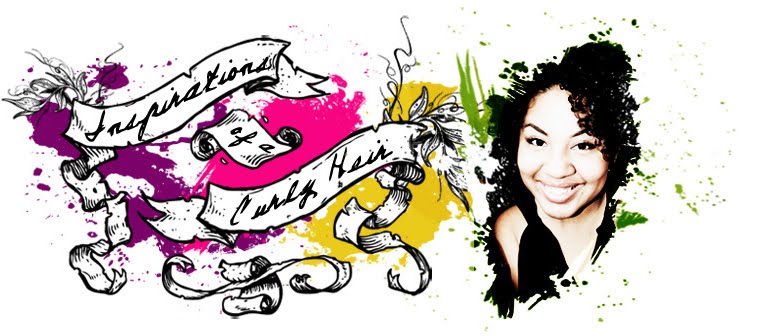Whether you are adding some pizazz to a document, making your mark with a photo, or designing an invitation or flyer of some kind you need to communicate with text. In print, to communicate effectively is to grab your subject's attention. You do this by creating something that is visually appealing. How? One way is by utilizing fonts.
When designing it is not my goal to simply create something pretty, intricate, or that showcases every design technique I've ever learned. I think this is the most common mistake that every eager, new designer has made. Rather, my goal is to create something that is clean, modern, polished & then has some personality. Text will S-P-E-L-L-O-U-T information, but with good use of fonts you can bring across a MESSAGE.
As with anything, it is best to start with basics. Some general rules of thumb that I use when layering fonts are:
1. Stick to 2-3 fonts. This is enough to bring variety, but proof against looking to busy, which translates as outdated.
2. Choose fonts that compliment each other. An easy way to choose fonts are to choose fonts that fulfill these basic purposes: communicating, highlighting, embellishing.
3. Keep it balanced by focusing on which pieces of information should be highlighted. You may decide this by choosing key pieces of information (like dates, times & tag lines) or focus on text that needs to be highlighted because of the layout of your design or document. Once you have a clear sense of which pieces of information will be focused on, you can then "by default" use additional fonts on remaining information.
4. Bold & italic are not the only way to focus on text.
You can highlight or focus on key information by using a font that is appealing to the eye such as [legible] handwriting types, fonts with extra s p a c i n g or by using all UPPERCASE letters.
5. Cohesive = quality, Variety = quantity. When choosing fonts, for some, this is where it can get messy. Consider the mood or message you are trying to bring across (professionalism to a document, a bold statement to a photo, elegance for an invitation, or personality to a flyer). When choosing your fonts, remember that a cohesiveness to the overall mood or message you are trying to bring across is most important, rather than using all the fonts that you like.







No comments:
Post a Comment